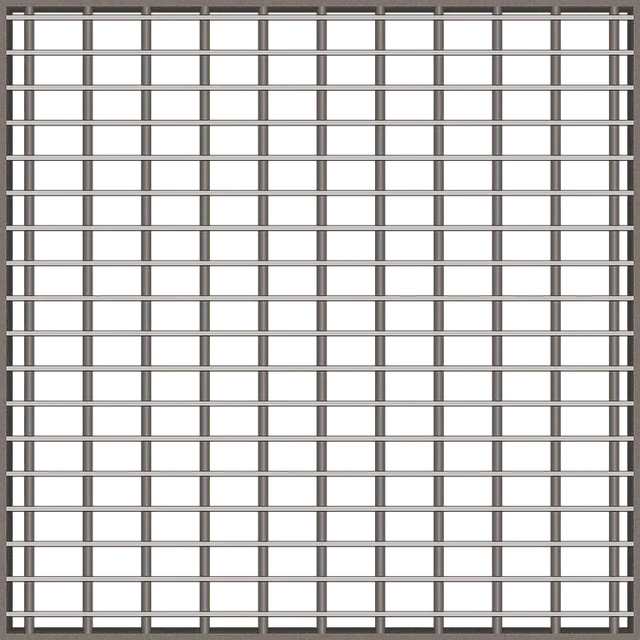Delta-8 THC, a synthetic derivative of cannabis, offers a milder high compared to Delta-9 THC found in strains like Red Malay. With fewer side effects like anxiety, Delta-8 is attracting interest for its potential therapeutic benefits, including anti-anxiety and anti-inflammatory properties. While legal status varies globally, early research suggests Delta-8 could provide safer alternatives for managing conditions like epilepsy, multiple sclerosis, and depression, offering a promising path forward in neurology and psychiatry.
“Unraveling the mysteries of Delta 8 THC, a synthetic cannabis-like compound, offers a unique twist in the world of psychoactive substances. This article explores the vibrant landscape of Delta 8, particularly its effects on users from the Red Malay perspective. We delve into the differences with Delta-9 THC, legal considerations, and safety concerns. Additionally, it highlights potential therapeutic benefits backed by research insights, providing an in-depth guide to understanding this game-changing compound, especially in the context of cultural experiences like Red Malay.”
- What is Delta-8 THC and How Does it Differ from Delta-9?
- The Psychoactive Effects of Delta-8 THC: A Red Malay Perspective
- Legal Status and Safety Considerations of Synthetic Cannabis Compounds
- Potential Therapeutic Benefits and Research Insights
What is Delta-8 THC and How Does it Differ from Delta-9?

Delta-8 THC, or delta-8-tetrahydrocannabinol, is a cannabinoid that has gained significant attention in recent years due to its psychoactive properties, similar to those of Delta-9 THC, the more well-known and abundant isomer. While both compounds share structural similarities, Delta-8 THC differs in its chemical composition, resulting in distinct effects.
Compared to Delta-9 THC found in traditional cannabis varieties like Red Malay, Delta-8 has a slightly milder high. It offers a unique blend of euphoria and relaxation without the intense anxiety or paranoia sometimes associated with Delta-9. This difference is attributed to the way these compounds interact with our body’s endocannabinoid system. Delta-8 THC binds to both CB1 and CB2 receptors, while Delta-9 primarily targets CB1, leading to its more potent but potentially less desirable effects.
The Psychoactive Effects of Delta-8 THC: A Red Malay Perspective

Delta-8 THC, a synthetic compound derived from cannabis, has gained significant attention for its psychoactive effects, offering an alternative to traditional Delta-9 THC. From a Red Malay perspective, this unique molecule presents intriguing possibilities. The Red Malay strain, known for its potent and distinctive properties, may experience enhanced relaxation and euphoria with the introduction of Delta-8. This is because Delta-8 THC binds to the same receptors in the brain as its more well-known counterpart, but with a slightly different mechanism, potentially leading to a milder high.
Users might appreciate the balanced effects of Delta-8, which can induce feelings of bliss and calm without the intense anxiety or paranoia sometimes associated with Delta-9. The Red Malay strain’s reputation for promoting mental clarity and creative thinking could be amplified by this synthetic compound, providing a novel way to enhance focus and creativity while still offering a recreational experience.
Legal Status and Safety Considerations of Synthetic Cannabis Compounds

The legal status of synthetic cannabis compounds like Delta 8 THC varies across regions, with some countries and states legalizing their use while others maintain strict restrictions. One well-known example is Red Malay, a potent synthetic cannabinoid that has garnered attention for its psychoactive effects reminiscent of traditional cannabis strains. However, due to safety considerations, many regulatory bodies remain cautious about approving these substances.
Safety is a paramount concern when discussing synthetic cannabis compounds. Since these substances mimic the effects of THC, they can produce similar risks, including cognitive impairment, altered perception, and potential dependence. Red Malay, in particular, has been linked to adverse reactions, with users reporting anxiety, paranoia, and even more severe psychotic episodes. As such, it’s crucial for consumers to approach these compounds with caution, understanding the unknown long-term effects and considering alternative methods for relaxation or pain management.
Potential Therapeutic Benefits and Research Insights

Delta-8 THC, a synthetic compound derived from cannabis, has gained attention for its potential therapeutic benefits, offering a unique alternative to traditional cannabis strains like Red Malay. While research is still ongoing, early studies suggest that Delta-8 may possess anti-anxiety and anti-inflammatory properties, making it a promising candidate for treating various conditions. Some users report experiences similar to microdosing psychedelics, claiming improved mood, reduced stress, and enhanced creativity.
The psychoactive effects of Delta-8 THC are generally considered milder compared to its more well-known counterpart, Delta-9 THC. This has sparked interest in its medical applications, particularly in the fields of neurology and psychiatry. Recent insights from preclinical studies indicate that Delta-8 may interact with the endocannabinoid system in ways that could benefit patients with epilepsy, multiple sclerosis, and depression. As research progresses, the potential for Delta-8 THC to provide a safer and more accessible therapeutic option becomes increasingly promising.
Delta-8 THC, a synthetic cannabis-like compound, offers unique psychoactive effects distinct from its more well-known counterpart, Delta-9 THC. The Red Malay strain provides valuable insights into these effects, highlighting potential therapeutic benefits while also raising important safety considerations. As the legal status of Delta-8 compounds varies globally, ongoing research is crucial to fully understand their potential and ensure consumer safety.






